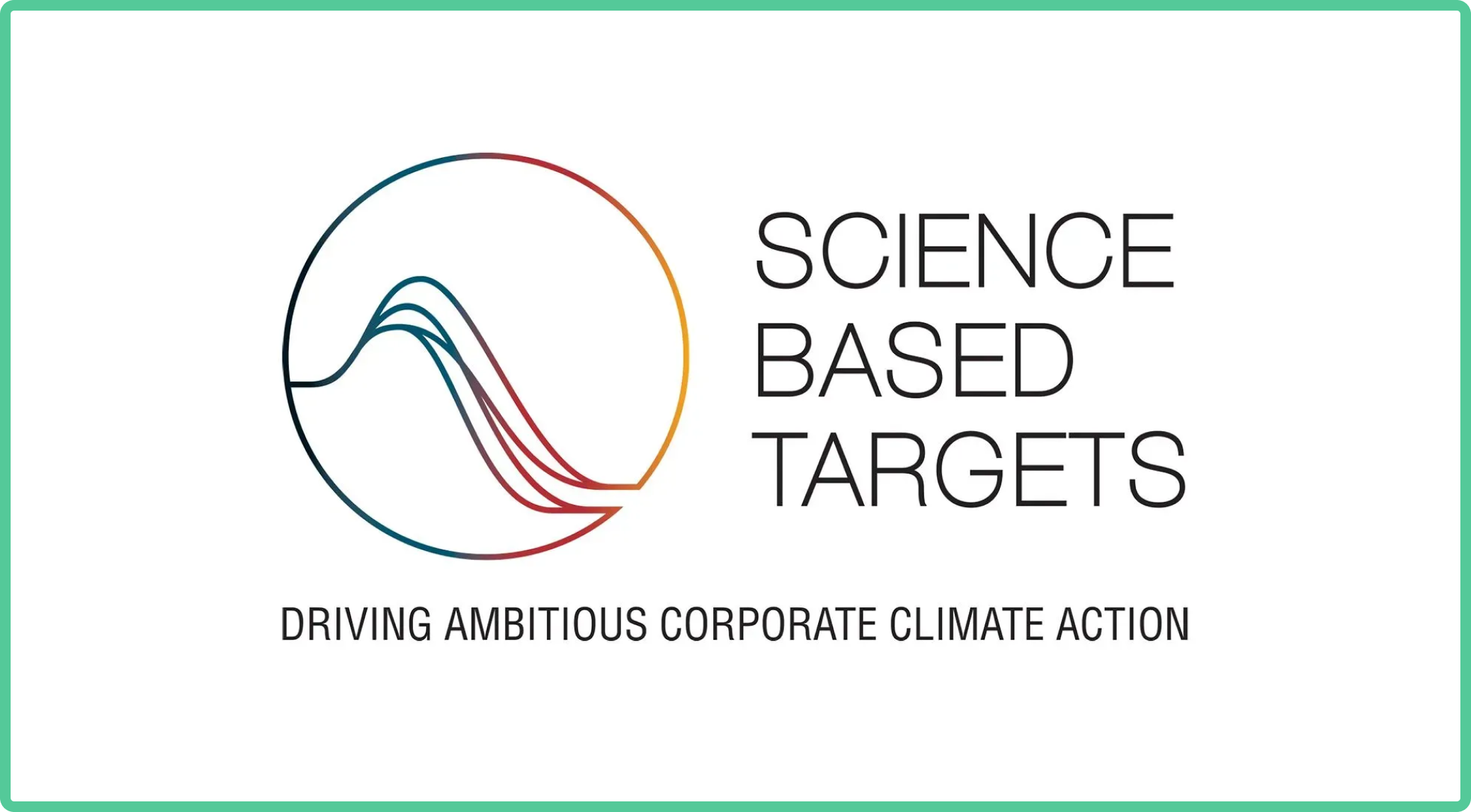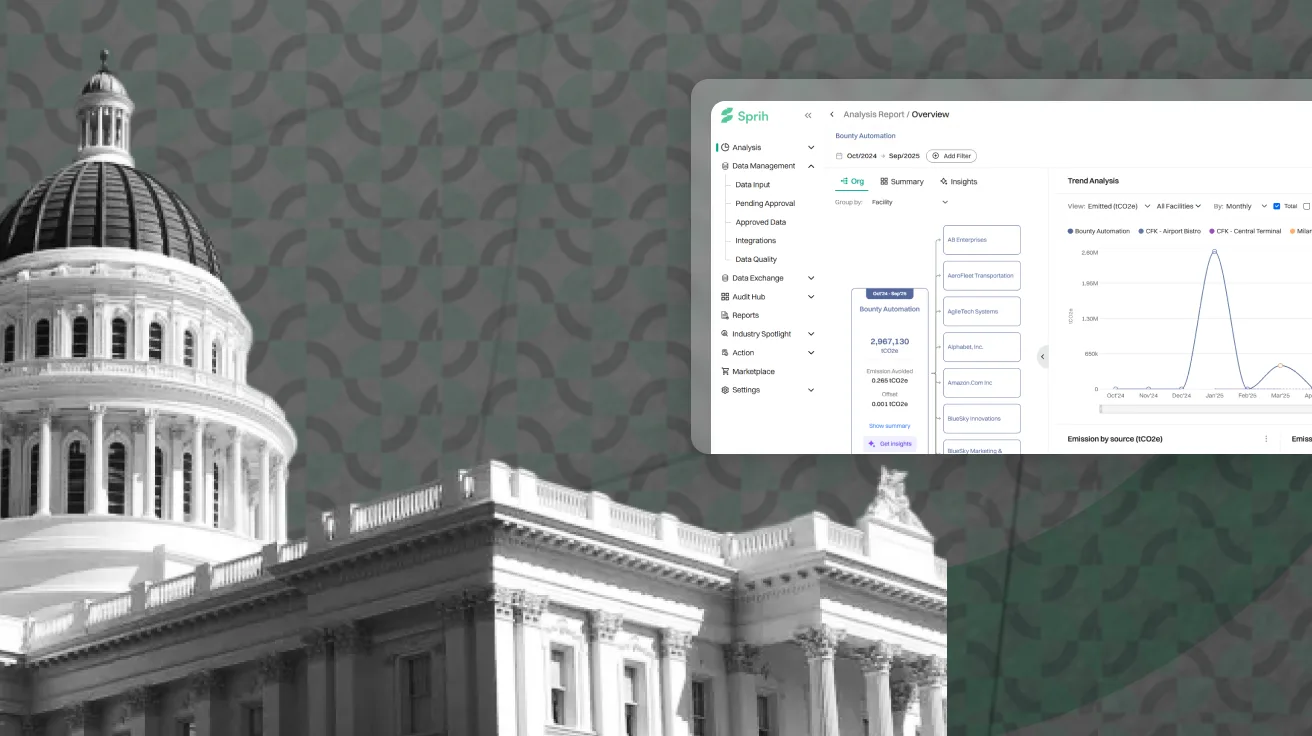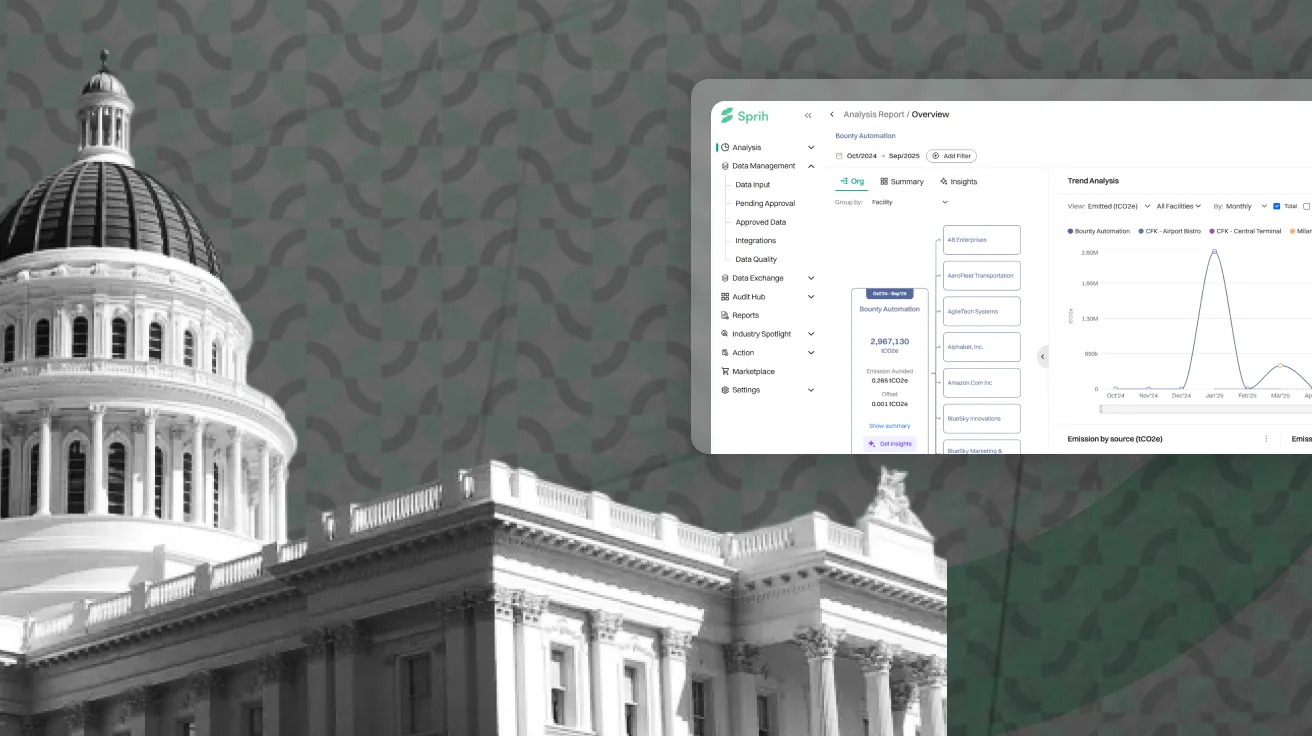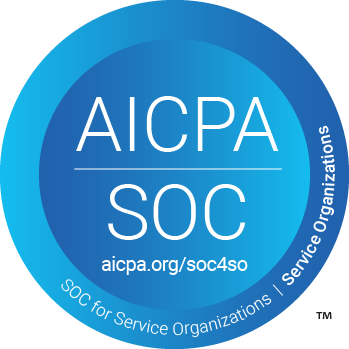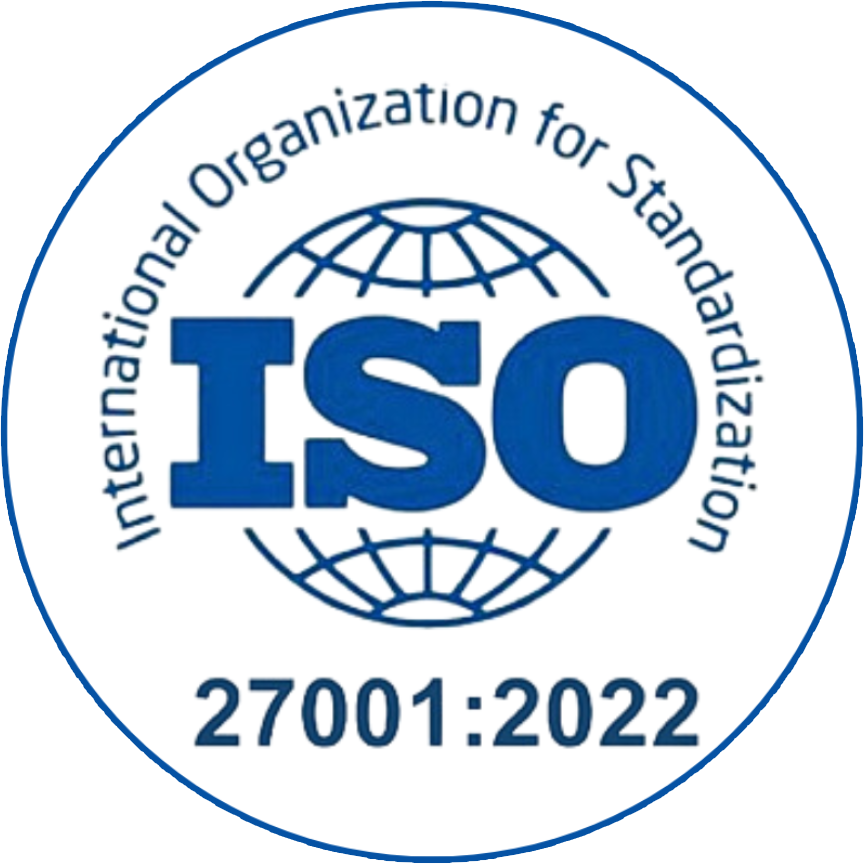Imagine this: you’re the CEO of a thriving business, proud of your company’s growth and contributions to the economy. But as you scroll through the morning news, you’re hit with an unsettling headline: “Global CO2 Levels Hit Record High.” Suddenly, it’s no longer just about profits and market share. It’s about survival—of your business, of communities, of the planet. You’re not alone. Many leaders are grappling with the same realization: business as usual is not sustainable. But where do you begin to address a challenge as monumental as climate change? This is where the Science Based Targets initiative (SBTi) steps in, providing a clear, credible, and actionable pathway to reducing greenhouse gas emissions.
What is SBTi, and Why Does it Matter?
The SBTi is a collaborative effort between CDP, the United Nations Global Compact, the World Resources Institute (WRI), and the World Wide Fund for Nature (WWF). It helps organizations set greenhouse gas (GHG) reduction targets that align with the latest climate science, specifically the goal of limiting global warming to 1.5°C above pre-industrial levels.
Why is this important? Because the consequences of failing to limit global warming are catastrophic: rising sea levels, extreme weather events, food and water insecurity, and massive biodiversity loss. Businesses have a pivotal role in mitigating these risks. By setting science-based targets, companies demonstrate their commitment to not just compliance but leadership in the global climate action movement.
Breaking It Down: How Does SBTi Work?
Let’s demystify the process. SBTi operates in a structured framework:
- Commit: Companies publicly commit to setting a science-based target. This step signals your intent to stakeholders and establishes accountability.
- Develop: Using SBTi’s criteria, businesses calculate their emissions and set reduction targets. This involves understanding Scope 1 (direct emissions), Scope 2 (indirect emissions from energy), and Scope 3 (all other indirect emissions, including those in the value chain).
- Submit for Validation: SBTi reviews and validates the proposed targets to ensure they align with climate science.
- Communicate: Approved targets are made public, showcasing the company’s climate leadership.
Disclose and Track Progress: Transparency is key. Businesses must report progress annually to maintain credibility.
Why Should Your Business Care?
If you’re an executive, you might be wondering: “This sounds great, but what’s in it for my business?” Here are the top reasons to embrace SBTi:
- Future-Proofing: Climate change is a business risk. From disrupted supply chains to regulatory fines, the costs of inaction far outweigh the investments in sustainability.
- Investor Confidence: Sustainability factors are now critical in investment decisions. Science-based targets bolster your company’s credibility and attractiveness to investors.
- Consumer Loyalty: Today’s consumers demand more than quality and price; they want ethical practices. SBTi signals your commitment to values they care about.
- Operational Efficiency: Setting targets often leads to innovative solutions that improve efficiency and reduce costs.
Is SBTi Only for Big Corporations?
Here’s the good news: no matter your company’s size, you can benefit from science-based targets. While large corporations like Apple and Unilever often grab headlines, SMEs are equally critical to achieving global climate goals. In fact, SBTi offers tailored guidance for smaller companies, making the process more accessible and less resource-intensive.
Real Talk: Is It Challenging?
Let’s be honest—setting and achieving science-based targets is no walk in the park. It requires investment, cultural change, and strategic planning. But as with any worthwhile endeavor, the rewards are significant. Plus, resources like the SBTi’s Net-Zero Standard and technical support can guide you through the complexities.
A Call to Action: Your Move, Your Impact
Picture this: it’s 2030, and your company has not only met but exceeded its science-based targets. Your operations are more efficient, your brand is celebrated as a sustainability leader, and you’ve played a part in creating a healthier, more equitable world. Isn’t that a legacy worth striving for?
The journey starts today. Whether you’re a seasoned executive or a curious individual looking to make an impact, the SBTi offers a proven roadmap to align ambition with action. The time to act is now, and the opportunity is yours to seize.
So, what’s your next move? Let’s shape the future together. Sign up here to get started today!
FAQs
What is SBTi and why is it important for businesses?
The Science Based Targets initiative (SBTi) helps businesses set greenhouse gas reduction targets aligned with climate science. It is crucial because it provides a credible path to limit global warming to 1.5°C, enhances business resilience, attracts investors, and boosts brand reputation.
How does the SBTi process work?
The SBTi process involves five steps: committing to set a target, developing science-based targets, submitting them for validation, communicating approved targets publicly, and disclosing progress annually to ensure transparency and accountability.
Can small and medium-sized enterprises (SMEs) set targets with SBTi?
Yes, SMEs can participate in SBTi. The initiative offers simplified pathways and support specifically designed to help smaller businesses set and achieve science-based climate targets without being overwhelmed by complexity.
What are the business benefits of adopting SBTi targets?
Adopting SBTi targets future-proofs businesses against climate risks, increases investor confidence, strengthens consumer loyalty, drives operational efficiency, and positions companies as leaders in sustainability and corporate responsibility.
What challenges do companies face when adopting SBTi targets?
Challenges include the need for investment, internal culture change, comprehensive emissions tracking, and aligning operations with ambitious reduction goals. However, SBTi provides guidance and standards, making the process manageable and rewarding over time.
